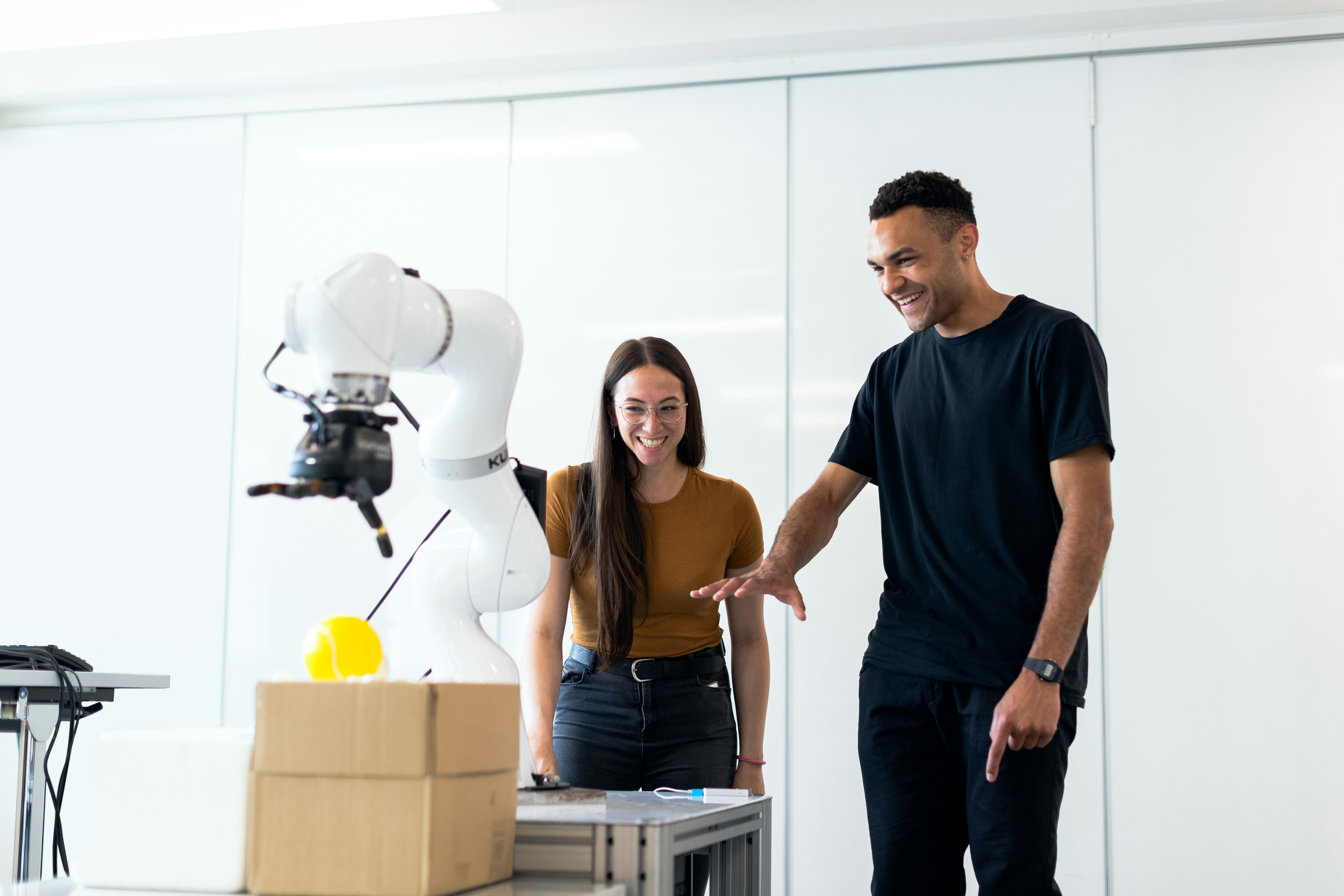The Future of Clean: How Technology is Revolutionizing Cleaning Jobs
In today's fast-paced world, the cleaning industry is undergoing a significant transformation. As technology continues to advance, it's reshaping the way cleaning jobs are performed, managed, and optimized. From smart devices to innovative software solutions, the integration of technology in cleaning operations is not just a trend but a necessity for businesses striving to stay competitive and efficient.

One of the key benefits of cleaning management software is its ability to provide real-time updates and analytics. Managers can track the progress of cleaning tasks, monitor employee performance, and identify areas for improvement. This data-driven approach not only helps in maintaining high standards of cleanliness but also in making informed decisions about resource allocation and training needs.
What role does technology play in office cleaning efficiency?
Technology is playing an increasingly important role in enhancing the efficiency of office cleaning. Smart sensors and Internet of Things (IoT) devices are being used to monitor foot traffic, detect usage patterns, and even measure air quality in office spaces. This information can be used to optimize cleaning schedules, ensuring that high-traffic areas receive more frequent attention while less-used spaces are cleaned as needed.
Robotic cleaners are also making their way into office environments. These autonomous machines can handle routine tasks such as vacuuming and floor scrubbing, freeing up human staff to focus on more complex cleaning duties. While robotic cleaners are not yet widespread, their adoption is growing, particularly in larger office buildings and commercial spaces where they can significantly reduce labor costs and improve consistency in cleaning results.
What innovative cleaning technologies are emerging in the industry?
The cleaning industry is witnessing the emergence of several innovative technologies that promise to revolutionize the way cleaning jobs are performed. One such innovation is the use of ultraviolet (UV) light for disinfection. UV-C light has been proven effective in killing bacteria and viruses, making it a valuable tool in maintaining hygienic environments, especially in healthcare settings and high-touch areas.
Another exciting development is the use of electrostatic sprayers. These devices apply an electric charge to cleaning solutions as they are sprayed, allowing them to wrap around and cling to surfaces more effectively. This technology ensures a more thorough and efficient application of disinfectants, particularly in hard-to-reach areas.
Nanotechnology is also making its mark in the cleaning industry. Nano-coatings can be applied to surfaces to make them resistant to dirt, bacteria, and even water, reducing the need for frequent cleaning and making the cleaning process easier when it is required.
How are cleaning jobs adapting to environmental concerns?
As environmental awareness grows, the cleaning industry is adapting to meet sustainability goals. Technology is playing a crucial role in this shift towards more eco-friendly cleaning practices. Green cleaning software helps companies track their use of environmentally friendly products and measure their carbon footprint. These tools can also assist in implementing and monitoring sustainable cleaning protocols.
Water-saving technologies, such as microfiber mops and low-moisture carpet cleaning systems, are becoming more prevalent. These innovations not only reduce water consumption but also minimize the use of harsh chemicals, making cleaning processes more environmentally friendly and safer for both cleaners and building occupants.
Additionally, the development of biodegradable cleaning products and the use of concentrated solutions that require less packaging are further examples of how the industry is leveraging technology to address environmental concerns.
What skills do modern cleaning professionals need in a tech-driven industry?
As technology becomes more integrated into cleaning jobs, the skill set required for cleaning professionals is evolving. While traditional cleaning skills remain important, there is an increasing need for tech-savvy workers who can operate and troubleshoot various cleaning technologies.
Modern cleaning professionals should be comfortable using digital devices and software for task management, reporting, and communication. They may need to operate sophisticated equipment such as robotic cleaners or electrostatic sprayers, requiring training in these new technologies.
Data literacy is also becoming more important. Cleaning staff and managers alike need to be able to interpret data from cleaning management software to improve their performance and make data-driven decisions.
| Technology | Application | Benefits |
|---|---|---|
| Cleaning Management Software | Task scheduling, reporting, inventory management | Improved efficiency, real-time monitoring, data-driven decision making |
| IoT Sensors | Traffic monitoring, usage pattern detection | Optimized cleaning schedules, targeted resource allocation |
| Robotic Cleaners | Autonomous vacuuming and scrubbing | Reduced labor costs, consistent cleaning results |
| UV-C Light Disinfection | Sanitization of surfaces and spaces | Effective pathogen elimination, reduced chemical use |
| Electrostatic Sprayers | Enhanced disinfectant application | Thorough coverage, efficient use of cleaning solutions |
The cleaning industry is at the forefront of technological innovation, embracing new tools and methods to improve efficiency, sustainability, and effectiveness. As these technologies continue to evolve, they will undoubtedly shape the future of cleaning jobs, creating new opportunities and challenges for professionals in the field. The key to success in this changing landscape will be adaptability and a willingness to learn and integrate new technologies into cleaning practices.






